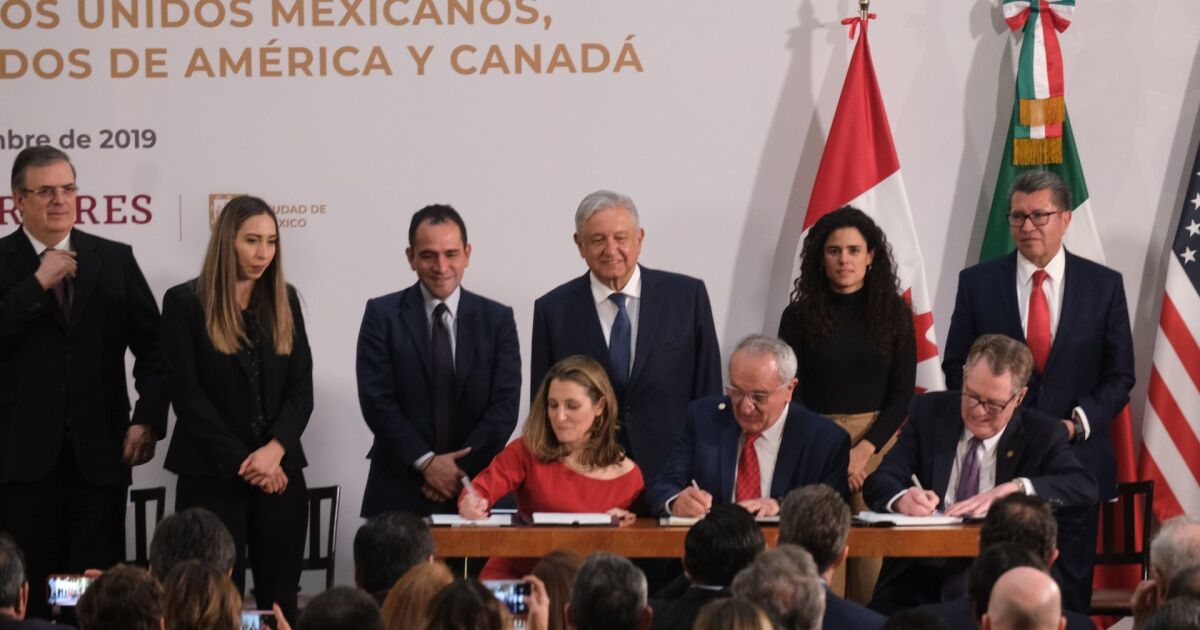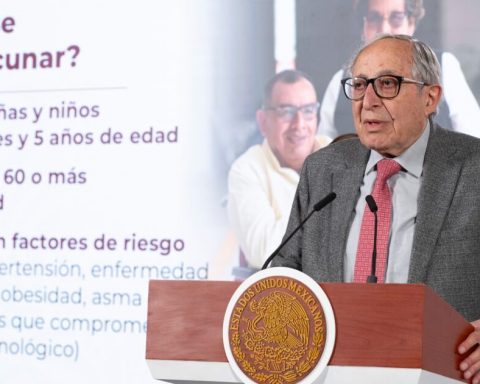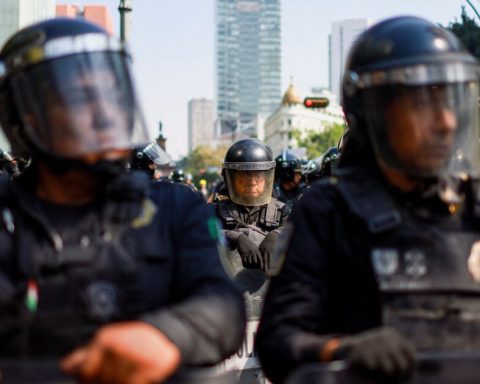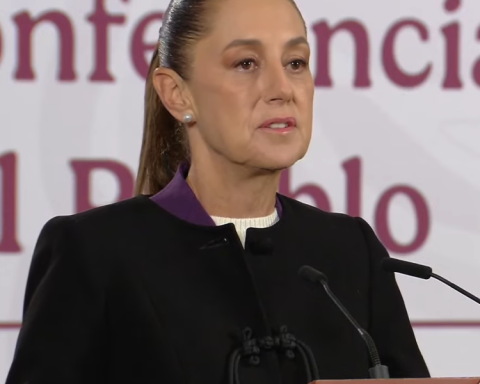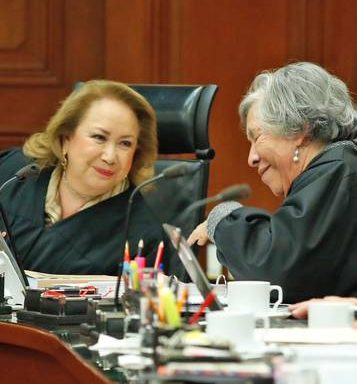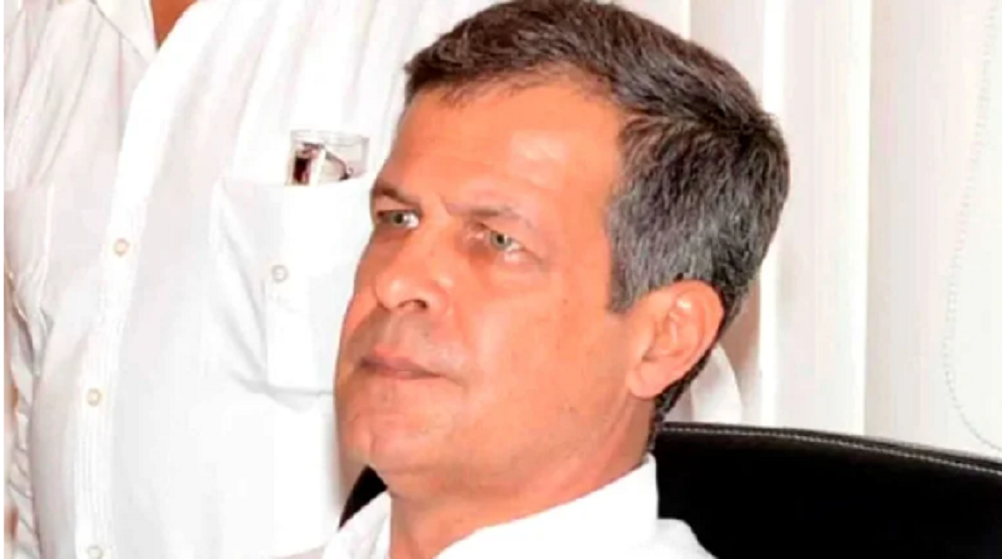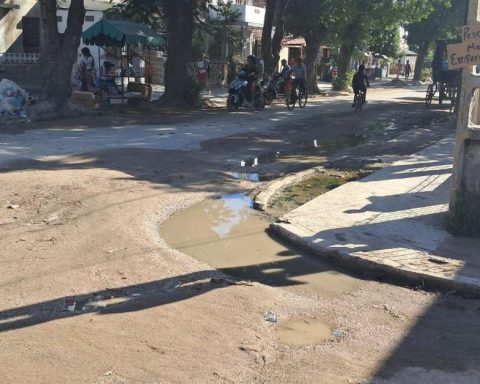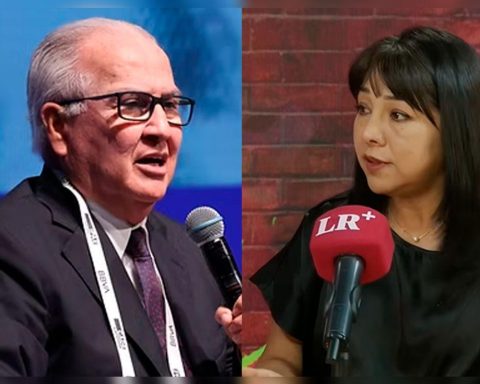Finally, the first two years of the T-MEC have been marked by frenetic institutional activity: from the President of the Republic to the technical officials of the committees and working groups, the T-MEC has deepened the number of exchanges and closeness between officials who had existed for some years.
Of course, although the initial results in these two years of the Treaty are undoubtedly positive, it is not exempt from challenges for the future. There are several controversies that have been initiated according to the processes of the Treaty itself –such as the labor lawsuits against Mexico and the one that our country initiated against the United States for its interpretation of the rules of origin for the automotive sector– that must be be resolved as soon as possible. In the future, and to avoid new controversies, the best thing the three countries can do is to fully comply with the T-MEC.
At a time when companies have to deal with uncertainty as a transcendental factor for their investment and production decisions, North America can offer stability and economic projection, which will undoubtedly consolidate our competitive position as a region. The T-MEC is a vital asset for this to happen, so we must celebrate it, but above all, we must respect and protect it.
___________________
Publisher’s note:
The author is an academic from the Universidad Panamericana; Prior to that, he had a twenty-year career in the federal government dealing with international trade negotiations. The opinions in this article are the sole responsibility of the author.
